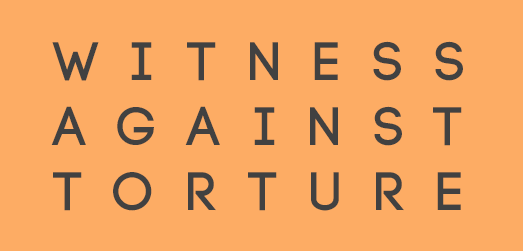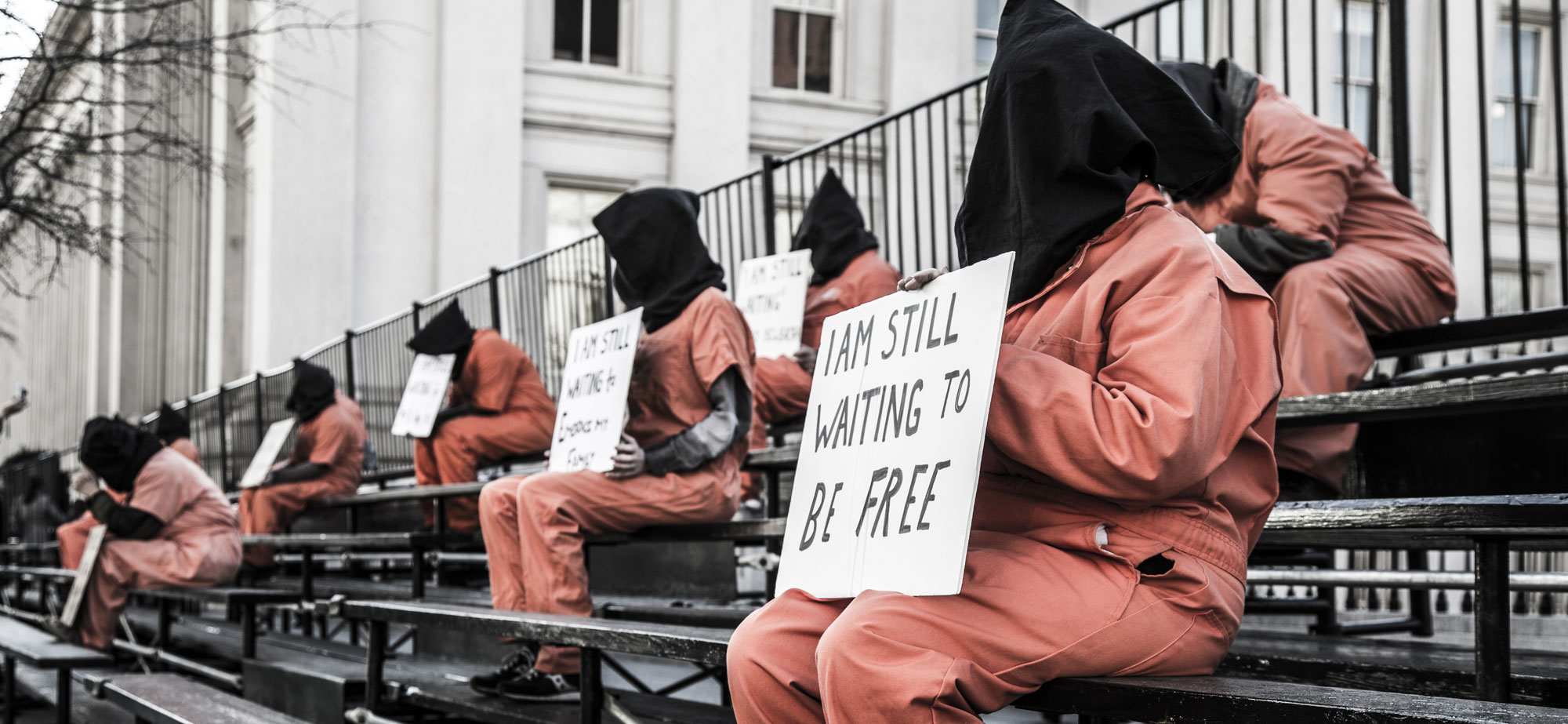From the Archive
White Supremacy Workshop Notes – WAT Fast for Justice 01.07.17
Below are some more detailed notes from the workshop that Jerica led based on the class she teaches on Whiteness. There are questions at the end which we considered together as we planned our witness in DC on January 11 and during the inauguration resistance. We invite you to read through these resources and consider these questions with us.
“Hope is a discipline.” Mariame Kaba
White guilt is not helpful.
(Smith, “The Problem with Privilege”) – public confessions from white folks will not absolve supremacist thinking.
Peggy McIntosh – “White Privilege and Male Privilege”; “Unpacking the Invisible Knapsack”
late 80s
first white academic publicly questioning the intricacies of whiteness
like male privilege, white privilege is an unearned asset
through no virtue of one’s own, white folks possess key to accessing institutions, structures, systems of our society
Racism is not merely individual acts, thoughts, behavior that is prejudiced, but
“invisible systems conferring dominance on my group” – a system
Racism = race-based prejudice PLUS power
“Psychologies of Dominance” – whites are taught (conditioned/socialized) into the infrastructure of racism early on; we should assume complicity with white supremacy
no training to “see” advantage
Whiteness = individual, morally neutral, normative, average, benign, universal, good
Robin DiAngelo – “White Fragility”
we are taught that racism is individual acts/thoughts/behavior
racists = bad; I am good; therefore I cannot be/am not racist
racism is “a multidimensional and highly adaptive system” in which “whites have systemic and institutional control”
this system PROTECTS and INSULATES whites from race-based stress; therefore we can move through a highly racialized world with an unracialized identity
i.e. whites not identifying as “white” until they take a diversity class
Challenges/confrontations become highly stressful and whites get triggered, DEFENSIVENESS
whites are socialized into superiority and entitlement. When this is challenged, we become highly fragile (“white fragility”)
a challenge to our racial worldview = a challenge to our very identity as “good” (white = good)
whites tend to withdraw, cry, minimize, ignore, defend, disengage, and leave
Patterns that reinforce white fragility:
Segregation: most white people grow up, live in, and are accustomed to all white neighborhoods, schools, and communities. We are taught this is not a loss.
Good/Bad Binary: if we commit no individual racist acts, we are not racist.
Individualism: whites are not a racialized, homogenized group like other racial categories. This belief erases our collective history of domination, control, and wealth accumulation.
Entitlement to Racial Comfort: white folks have no tolerance for racial stress because we have no practice in dealing with racialized confrontation. When we are confronted, whites tend to blame the person of color bringing up the incidence of racism, and accuse them of wrongdoing as source of discomfort. When in a position of power (in a hierarchy, i.e. job situation), the whites tend to consolidate power, recruit other white people to their side, and isolate the POC.
Racial Arrogance: because whites have no training in dealing with racial stress, we also tend not to practice humility when listening to the experiences of POC. Instead, we largely dismiss their experience (which is different from our own).
Racial Belonging: whites enjoy a deeply internalized, largely unconscious sense of belonging to our society/culture. In every valuable situation or image capturing life, whites belong. (When this doesn’t happen – when white folks are de-centered from the scene – this becomes very destabilizing and frightening.)
Psychic Freedom: whites don’t bear the social burden of institutionalized racism. POC are seen as responsible for the “racism problem”; therefore, whites don’t need to use their psychic/mental energy on it.
Messages of Value: whites are characterized as better and more important in all major forms of shared story, including textbooks, history, media, teachers, heroes. “Good” neighborhoods are really white neighborhoods (coded language); religious iconography; the internalization of value and belonging in mainstream media.
Myth of meritocracy: the American Dream; the belief that the system is based on merit and each individual has the same access/ability to make it to the top.
Whiteness = power = the ability to craft and repeat a societal narrative or story until it is true. Monolithic representations of POC groups and marginalized identities are created by white supremacy.
Lipsitz, “The Possessive Investment in Whiteness”
Smith, “Heteropatriarchy and the Three Pillars of White Supremacy”
White Supremacy impacts communities in different ways, therefore the strategies for liberation must be different.
white supremacy is constituted by three separate but interrelated LOGICS
SLAVERY/ CAPITALISM:
black folks = slaveable/property
anchor of capitalism
commodification; pillar is about exploiting LABOR
hierarchy is racialized; “as long as you’re not black, you can stay off the bottom and escape commodification”
Prison Industrial Complex = rooted in anti-black racism; slavery was reinstated through the prison system; black folks overrepresented; PIC as modern-day slavery
GENOCIDE/COLONIALISM
indigenous folks = must always be disappearing (manifest destiny)
this gives non-indigenous rightful claim of land; pillar is about exploiting LAND
settler colonialism
indigenous as “present absence” in white mainstream imagination
appropriation of custom, spirituality, culture
ORIENTALISM/WAR
West as superior; always against the “exotic”, “inferior”, “anti-progress” East
U.S. exceptionalism
pillar is about XENOPHOBIA, ISLAMOPHOBIA, JUSTIFICATION for war
there is always a constant threat to the well-being of Empire
immigrants = foreign threats inside and outside the Empire
anchor for war; U.S. can justify constant war to protect itself from constant threat
Racial profiling of Arab World is widespread, “necessary”
“the U.S. IS war”, white supremacy = must always be at war
culture of fear
myth of “security”
Questions to consider:
The term “white supremacist” has been used to describe Trump’s campaign in the mainstream. Why? How might this connect to the Bannon appointment and the rise of white nationalism and the alt-right? How is Trump consolidating power? Trump was endorsed by David Duke and, even though widespread calls were made for Trump to distance himself, he did not. How might this impact our work?



Join us on social media